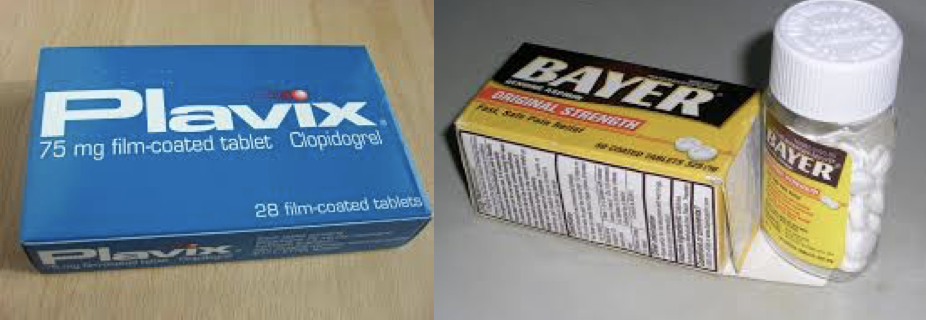Journal Club Summary
Methodology Score: 3.5/5
Usefulness Score: 4/5
Johnston SC, et al. N Engl J Med. 2018 Jul 19;379(3):215-225
Editorial: Antiplatelet Therapy after Ischemic Stroke or TIA.
Question and Methods: This randomized, double-blind trial evaluated ASA + Clopidogrel (DAPT) against ASA alone for preventing ischemic events after a minor stroke/high-risk TIA.
Findings: Although there was a significant reduction in DAPT group ischemic events from 6.5% to 5.0%, this came at increased risk of major hemorrhage from 0.4% to 0.9%.
Limitations: There was 29% non-adherence in both groups, mostly stopping treatment before 90d.
Interpretation: This reaffirms that DAPT reduces the chance of recurrent ischemic stroke; to reduce risk of hemorrhagic events we should limit duration to high-risk ischemic period of the first 2-3 weeks.
Epi Lesson
Intention to Treat, Per Protocol and As-Treated analysis
The standard analytic approach for RCTs is intention to treat (ITT), where patients are analyzed according to the group they were allocated. Secondary per protocol analyses is acceptable, where patients are analyzed as per the treatment received. In the study by Johnston et comparing Clopidogrel + ASA vs. ASA alone for acute CVA and high-risk TIA, the authors employed as modified version of the per protocol analysis as per the treatment received based on the time the cross-over.
By: Dr. Venkatesh Thiruganasambandamoorthy


